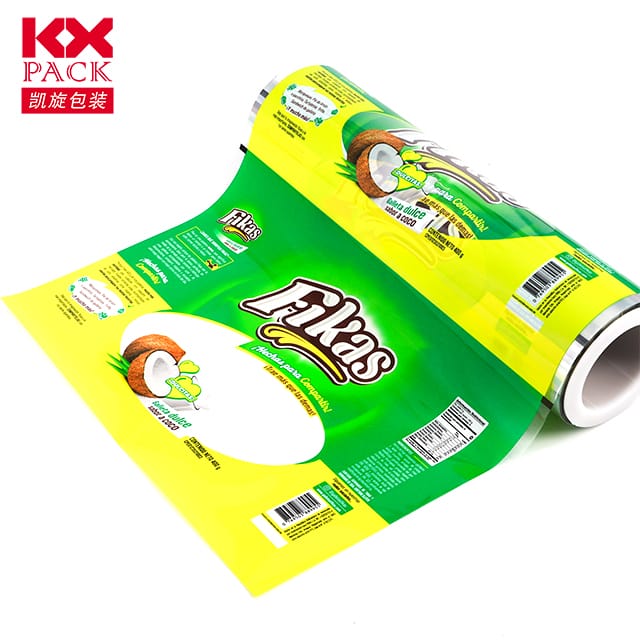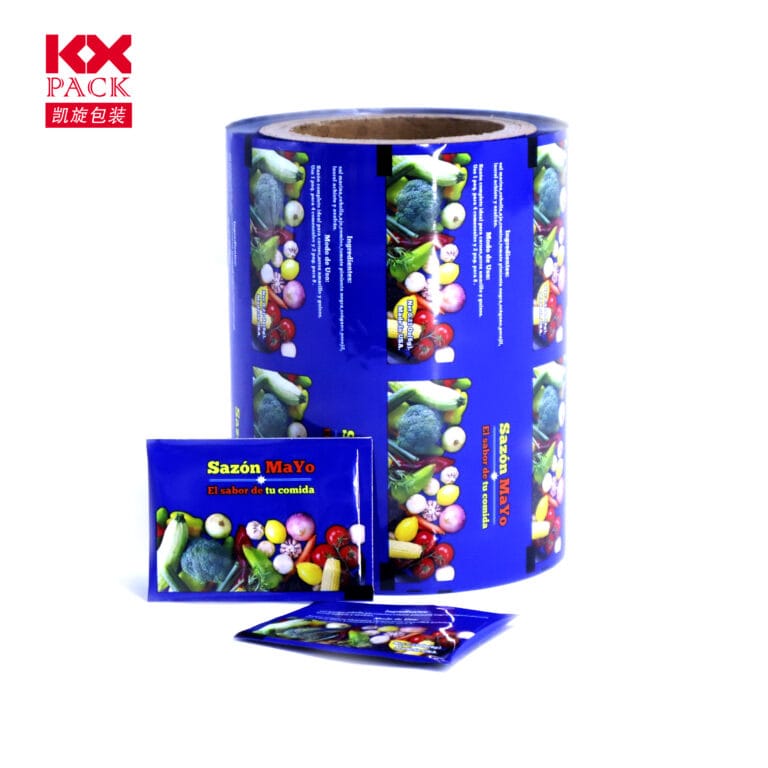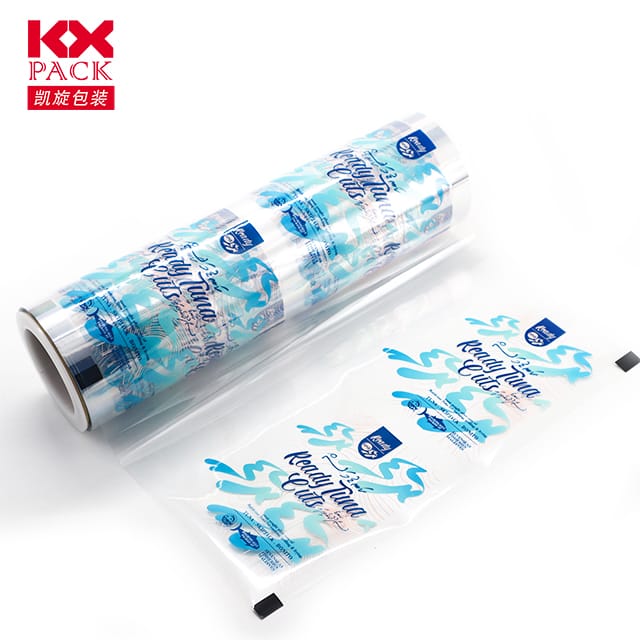วิวัฒนาการและอนาคตของฟิล์มบรรจุภัณฑ์พลาสติก: สร้างสมดุลระหว่างนวัตกรรมและความยั่งยืน
ฟิล์มบรรจุภัณฑ์พลาสติก
Plastic packaging film is ubiquitous in modern life, ห่อทุกอย่างตั้งแต่ผลิตผลสดไปจนถึงอุปกรณ์อิเล็กทรอนิกส์, ปกป้องสินค้าระหว่างการขนส่ง, และยืดอายุการเก็บรักษา. ยัง, ความสะดวกสบายได้มาภายใต้การตรวจสอบเนื่องจากความกังวลด้านสิ่งแวดล้อม. ในฐานะที่เป็นอุตสาหกรรมและผู้บริโภคให้ความสำคัญกับความยั่งยืนมากขึ้นเรื่อย ๆ, อนาคตของฟิล์มบรรจุภัณฑ์พลาสติกบานพับเกี่ยวกับนวัตกรรม, การออกแบบที่รับผิดชอบ, and a shift toward circular economies. Let’s explore the current landscape, ความท้าทาย, and emerging solutions in the world of plastic packaging film.
1. The Role of Plastic Packaging Film in Modern Industry
Plastic packaging film serves critical functions across industries:
- การเก็บรักษา: Barrier properties (เช่น, ออกซิเจน, ความชื้น, or UV resistance) เก็บอาหารให้สด, ลดของเสีย, and ensure product safety.
- Cost-Efficiency: น้ำหนักเบาและยืดหยุ่น, plastic films lower shipping costs and material usage compared to alternatives like glass or metal.
- ความเก่งกาจ: From shrink wraps and cling films to laminated pouches and stretch films, the variety caters to diverse applications.
อย่างไรก็ตาม, traditional plastic films, often made from non-renewable fossil fuels like polyethylene (วิชาพลศึกษา) or polypropylene (PP), contribute to pollution when discarded improperly. Single-use plastics, โดยเฉพาะอย่างยิ่ง, have become a symbol of environmental neglect, prompting urgent calls for change.
2. Environmental Challenges: The Wake-Up Call
The drawbacks of conventional plastic packaging film are well-documented:
- Pollution: Mismanaged plastic waste ends up in oceans, rivers, and landfills, where it persists for centuries.
- ไมโครพลาสติก: Fragmentation of plastic films leads to microplastic pollution, posing risks to ecosystems and human health.
- Resource Intensity: Production relies heavily on finite fossil fuels, exacerbating carbon emissions and climate change.
These issues have spurred regulatory actions, such as bans on single-use plastics in many countries, and a growing consumer demand for eco-friendly alternatives.
3. Innovations Driving Sustainable Solutions
The packaging industry is responding with transformative technologies and materials:
- ภาพยนตร์ที่ย่อยสลายได้และสามารถย่อยสลายได้: Made from renewable resources like corn starch (ปลา), algae, or cassava, these films break down naturally in industrial composting facilities. อย่างไรก็ตาม, ความท้าทายยังคงอยู่, such as ensuring proper disposal infrastructure and avoiding contamination with non-compostable waste.
- เนื้อหารีไซเคิล: Using post-consumer recycled (PCR) plastics reduces reliance on virgin materials. Advances in recycling technologies, like chemical recycling, are improving the quality and recyclability of mixed plastics.
- Bio-Based Polymers: Films derived from agricultural waste or biomass (เช่น, โพลีเอทิลีนที่ใช้อ้อย) offer a lower carbon footprint while maintaining performance.
- Edible and Water-Soluble Films: Innovations like seaweed-based edible wrappers or PVA (แอลกอฮอล์โพลีไวนิล) films that dissolve in water eliminate waste entirely for certain applications.
4. บรรจุภัณฑ์อัจฉริยะ: Adding Value Beyond Protection
Modern plastic films are also becoming “smarter” to enhance functionality and reduce waste:
- บรรจุภัณฑ์ที่ใช้งานอยู่: Films embedded with antioxidants, antimicrobial agents, or oxygen scavengers extend product freshness, reducing food spoilage.
- Intelligent Labels: รหัส QR, RFID tags, or temperature-sensitive inks provide traceability, anti-counterfeiting measures, or real-time shelf-life monitoring.
- การมีน้ำหนักเบา: Thinner, high-performance films reduce material use without compromising strength, lowering both costs and environmental impact.
5. ถนนข้างหน้า: Collaboration and Circularity
For plastic packaging film to truly evolve, stakeholders must collaborate:
- Industry Partnerships: Brands, manufacturers, and recyclers must work together to design films that are easier to recycle or compost.
- Policy Support: Governments can incentivize R&D in sustainable materials and mandate recycled content in packaging.
- การศึกษาของผู้บริโภค: Encouraging proper disposal and recycling habits is critical to closing the loop.
- แบบจำลองเศรษฐกิจแบบวงกลม: Adopting “design for recycling” principles and expanding reuse systems (เช่น, refillable packaging) can minimize waste.
บทสรุป
Plastic packaging film isn’t going away anytime soon—its benefits are too significant to ignore. อย่างไรก็ตาม, the industry must evolve to prioritize sustainability without sacrificing functionality. By embracing biodegradable materials, recycling innovations, and smart design, we can create packaging that protects both products and the planet.
The future of plastic packaging film lies in balance: innovation that meets consumer needs while respecting ecological limits. ในฐานะผู้บริโภค, ธุรกิจ, and policymakers, we all have a role to play in shaping this future.
What’s your take on plastic packaging? Share your thoughts or sustainable packaging hacks in the comments! 🌍📦






